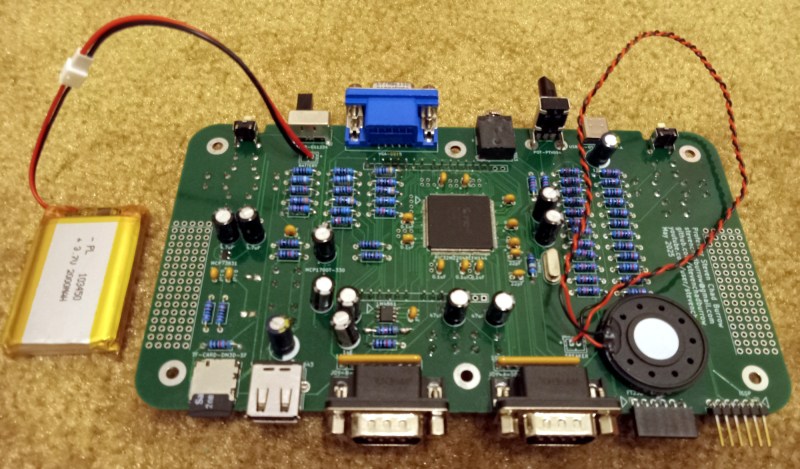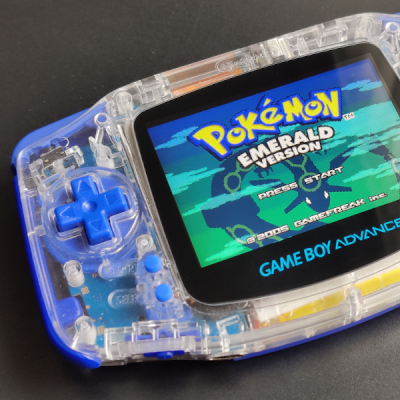As single board computers have become ever smaller and more powerful, so have those experimenting with them tried to push the boundaries of the machines they can be used in. First we had cyberdecks, and now we have handheld terminals. Of this latter class we have a particularly nice example from [Random Alley Cat]. It takes a Raspberry Pi Zero 2W and a handful of other parts, and makes them with a 3D printed case into something very professional indeed.
One of the problems with these designs has always been tidily packing away all the parts with their cables, and it’s one she solves by making a chassis to hold all the parts, and a case which fits around that. In a stroke the case no longer has to provide a dual function, allowing for a much easier internal layout. Her screen is a Pimoroni Hyperpixel, the keyboard is an Xbox 360 accessory, and the power supply is an off the shelf Pi UPS board and battery.
We particularly like the accesses on the underside of this machine to access the Pi ports, and the ventilation holes and external case details. It’s not perfect, as she says in the video below it’s not the best Linux keyboard. but we could really see ourselves using this.
If you follow handheld cyberdecks, we have a few treats for you on these pages. Not all of them run Linux, for example.




![An image of a light grey graphing calculator with a dark grey screen and key surround. The text on the monochrome LCD screen shows "Input: ENEB Result 1: BEEN Confidence 1: 14% [##] Result 2: Good Confidence 2: 12% [#] Press ENTER key..."](https://hackaday.com/wp-content/uploads/2025/07/Hermes-Optimus-TI-84-Plus-Silver-Edition-Neural-Network-YouTube-0-0-52.jpeg?w=600&h=450)















